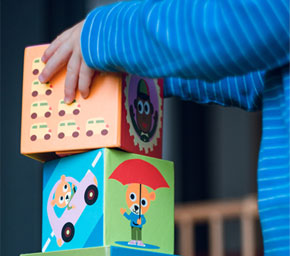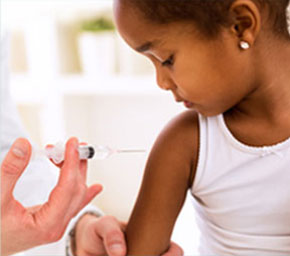Fever
Fevers occur when the body's internal "thermostat" raises the body temperature above its normal level. A fever is a temperature higher than 38°C. All children get a fever from time to time. While a fever is simply an indication that the body is fighting off an infection, a fever can be worrisome as it may be a sign of something more serious.
A fever can be a symptom of many diseases, infections and conditions, so the symptoms accompanying a fever may vary.
A fever is problematic for a child when it is:
… making the child uncomfortable
… recurrent
… occurring in a child between the age of 6 months and 5 years old
… lasting more than 24 hours
… higher than 39°C
… accompanied by dehydration, vomiting or diahoerra
In these cases, emergency medical attention is needed.
Fevers are commonly brought on by a viral infection, but can also be brought on by certain medications, heatstroke, disorders of the brain and some autoimmune diseases - all of which are serious conditions that require your paediatrician's expertise.





